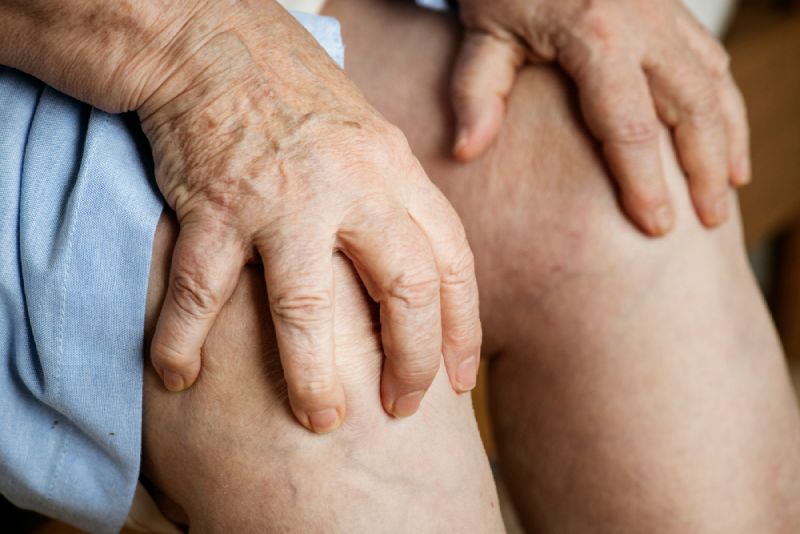
Introduction to Psoriatic Arthritis
Psoriatic arthritis (PsA) is a chronic autoimmune condition characterized by inflammation of the skin and joints. It affects individuals with psoriasis and can lead to significant discomfort and disability.
“Psoriatic arthritis can strike at any age, and the pattern of joint involvement may vary, which poses a challenge for diagnosis and treatment.” – UK Psoriatic Arthritis Consortium
Understanding Symmetry in Psoriatic Arthritis
Psoriatic arthritis is unique in its presentation. It can be asymmetrical, affecting joints on one side of the body, or symmetrical, where both sides are involved. Symmetry in PsA is less common than in rheumatoid arthritis but can occur in a significant subset of patients.
Asymmetrical Psoriatic Arthritis
- Typically involves one to three joints.
- May affect joints such as knees, ankles, and elbows.
- Can lead to dactylitis, also known as ‘sausage digits’.
Symmetrical Psoriatic Arthritis
- Affects the same joints on both sides of the body.
- Can be more severe and resemble rheumatoid arthritis.
- Requires careful management to prevent joint damage.
Prevalence and Impact in the UK
It is estimated that up to 30% of individuals with psoriasis in the UK may develop psoriatic arthritis. Symmetrical PsA is less common but is associated with a higher risk of joint damage.
Statistical Overview
| Condition | Estimated UK Prevalence |
| Psoriasis | 2% |
| Psoriatic Arthritis | 0.1-0.3% |
| Symmetrical Psoriatic Arthritis | Not explicitly reported |
Diagnosis and Treatment
Diagnosis of PsA involves a combination of clinical examination, imaging, and laboratory tests. The treatment objectives are to control symptoms, prevent joint damage, and maintain a good quality of life.
Diagnostic Challenges
Asymmetry in PsA can lead to misdiagnosis or delayed diagnosis, making early recognition of symptoms critical.
Treatment Options
- Non-steroidal anti-inflammatory drugs (NSAIDs).
- Disease-modifying antirheumatic drugs (DMARDs).
- Biologic therapies targeted at specific immune system components.
- Physical therapy and lifestyle changes.
Living with Psoriatic Arthritis in the UK
Support systems, patient education, and access to healthcare are crucial for those living with PsA in the UK. The National Health Service (NHS) provides resources and treatment, but patient advocacy groups also play a vital role.
Resources and Support
- NHS Choices for information on symptoms and treatment.
- Psoriasis and Psoriatic Arthritis Alliance (PAPAA) for patient support.
- Arthritis Research UK for research updates and resources.
Conclusion
While psoriatic arthritis can present with symmetry, it is not as consistently symmetrical as other forms of arthritis. Understanding the nature of the disease, and recognizing the signs and symptoms, is essential for effective management and treatment.
Article by Dr. Naveen Bhadauria



